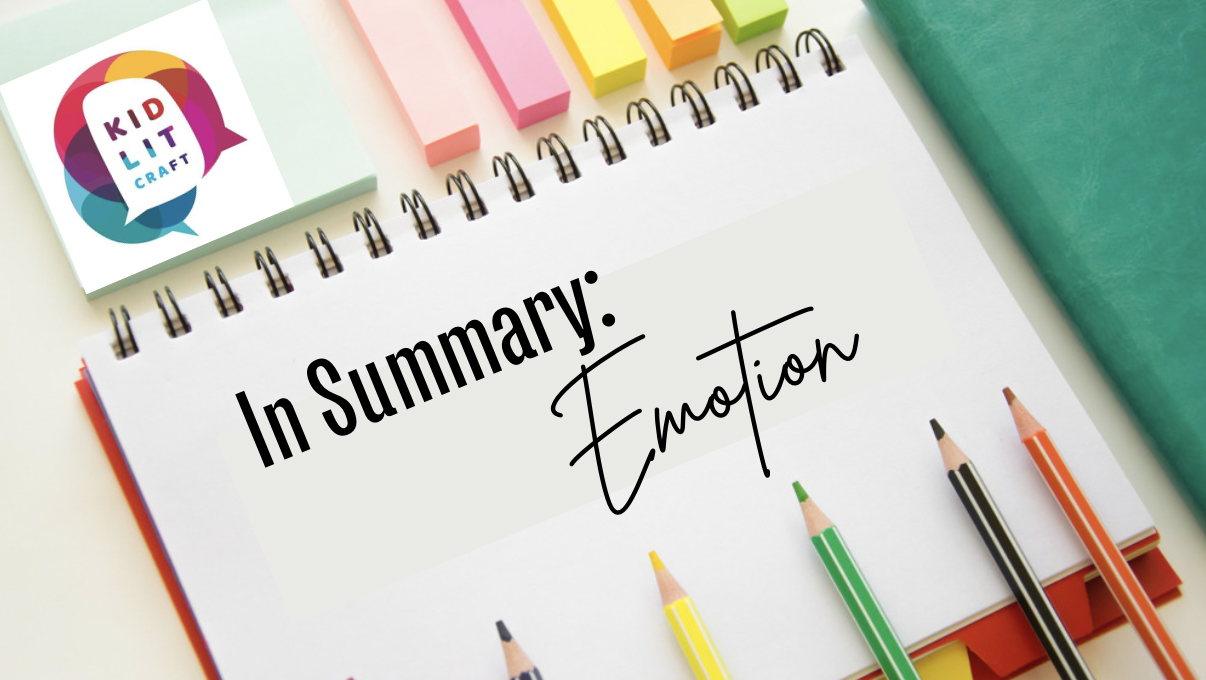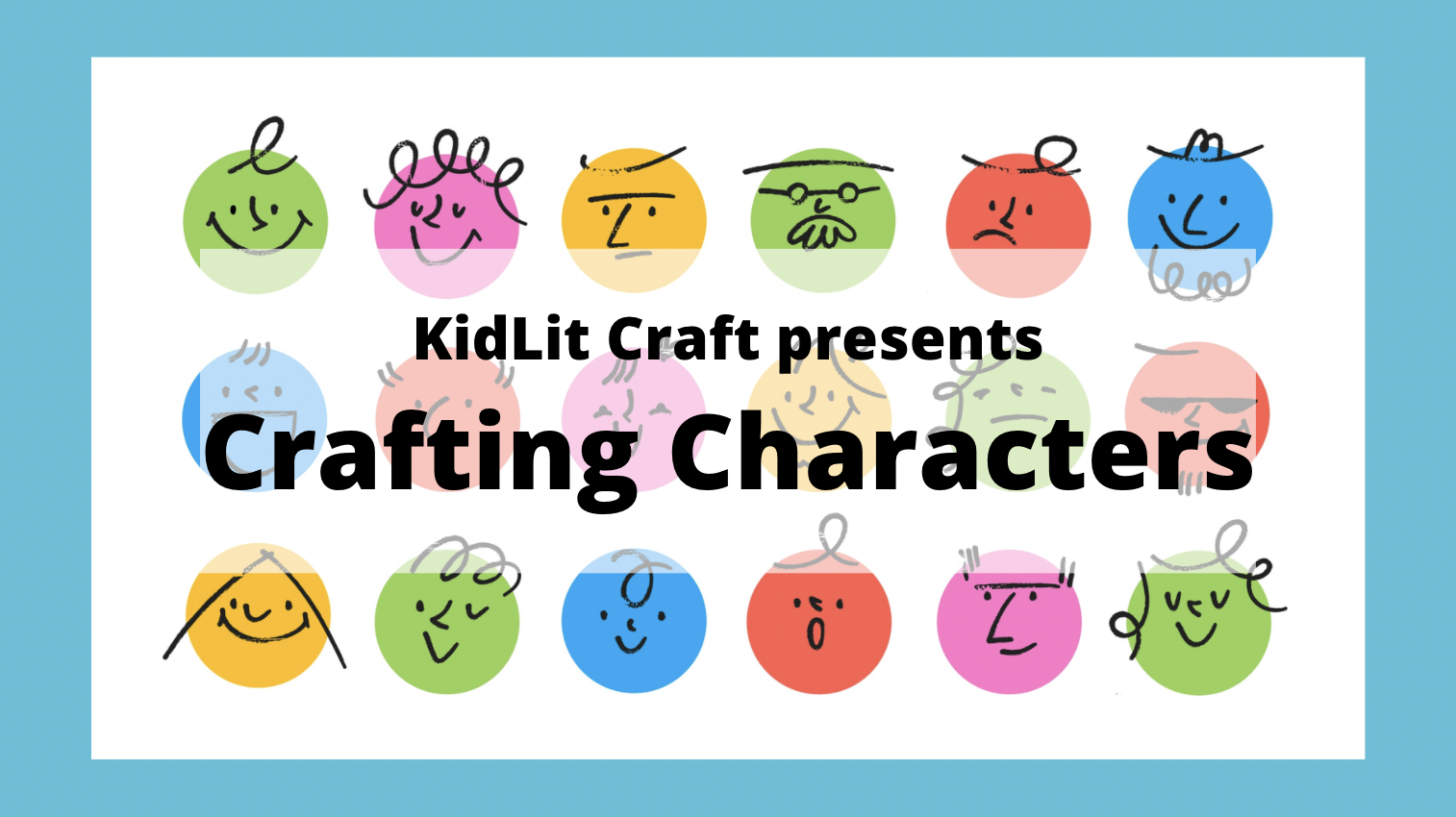hello!
JOIN US IN EXPLORING OTHERS' CRAFT AND BUILDING OUR OWN
Leali pulls off the parental balancing act with aplomb and creates a mom who tries, messes up, seeks forgiveness, and tries again. It is a master class in how to create a complex parental character.
Our summer series, In Summary, draws together a number of posts from are archives on specific craft topics. Today’s posts offer strategies for how to capture your characters’ emotions, communicate them to your readers, and make your reader feel something too.
“I create my characters’ flaws, misconceptions, and spiritual wounds around a theme or a question that interests me, and then I give them a personal conflict that directly challenges those flaws, misconceptions, and wounds. After that, it’s a matter of developing broader challenges, events, relationships, and conflicts that can revolve around the same theme.” ~ Misa Sugiura
Sometimes when writing, we know what our character wants, but it’s a struggle to turn the nebulous desires into something tangible, something attainable, something concrete. Here’s how.
In our final Crafting Characters post, we dive into character relationships. These authors share the questions they ask, the strategies they employ, and the exercises the use to develop rich character relationships.
What does your character want? Desire drives a story. Yearning creates propulsion. But how to you find/create/discover your character’s desire? These seven authors give us their strategies for engaging with their characters’ desires in ways that make their stories richer and keep readers turning pages.
It’s CRAFTING CHARACTERS post number 5! Today we’ve got something for everyone–working from the outside in, and special tips for getting to know your non-fiction characters. Whether it’s asking “what if”? or interrogating a character’s economic circumstances, whether diving into research or interviewing a real live person, in this post you’ll find wisdom for taking your characters–both fictional and real–to the next level.
It’s our fourth installment of our CRAFTING CHARACTERS series, and today, we check in with writers who work their characters out on the page as they draft. Some of these authors do use some freewriting techniques, but usually after they’ve seen their character in action on the page, or during the revision process. Read on for some excellent insights!
In our third post of Crafting Characters, our authors and contributors share how they connect with their character’s traits–whether through pulling from their own personalities, using tarot cards, or looking for opportunities for opposition. Read on to find out their strategies.
Welcome to our second post in our Crafting Characters series. For some people, working out character before putting pen to paper is the best way forward. Others have characters show up nearly fully formed, or at least with enough substance to have something to say. Those people often make efforts to listen to their characters–whether through freewriting, through scenes, or through meditative daydreaming. These authors and our contributors share their favorite ways to develop their characters. Read on for some mindful strategies for uncovering character and letting the characters speak.




